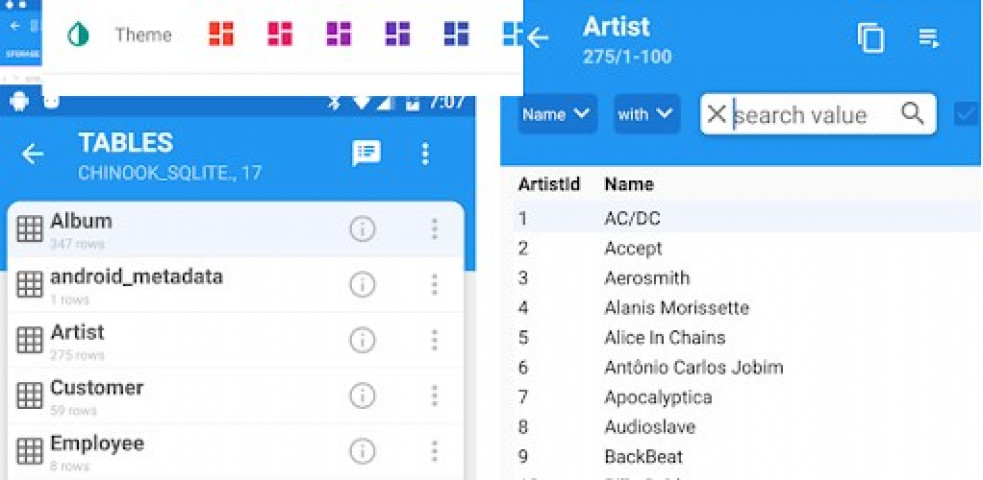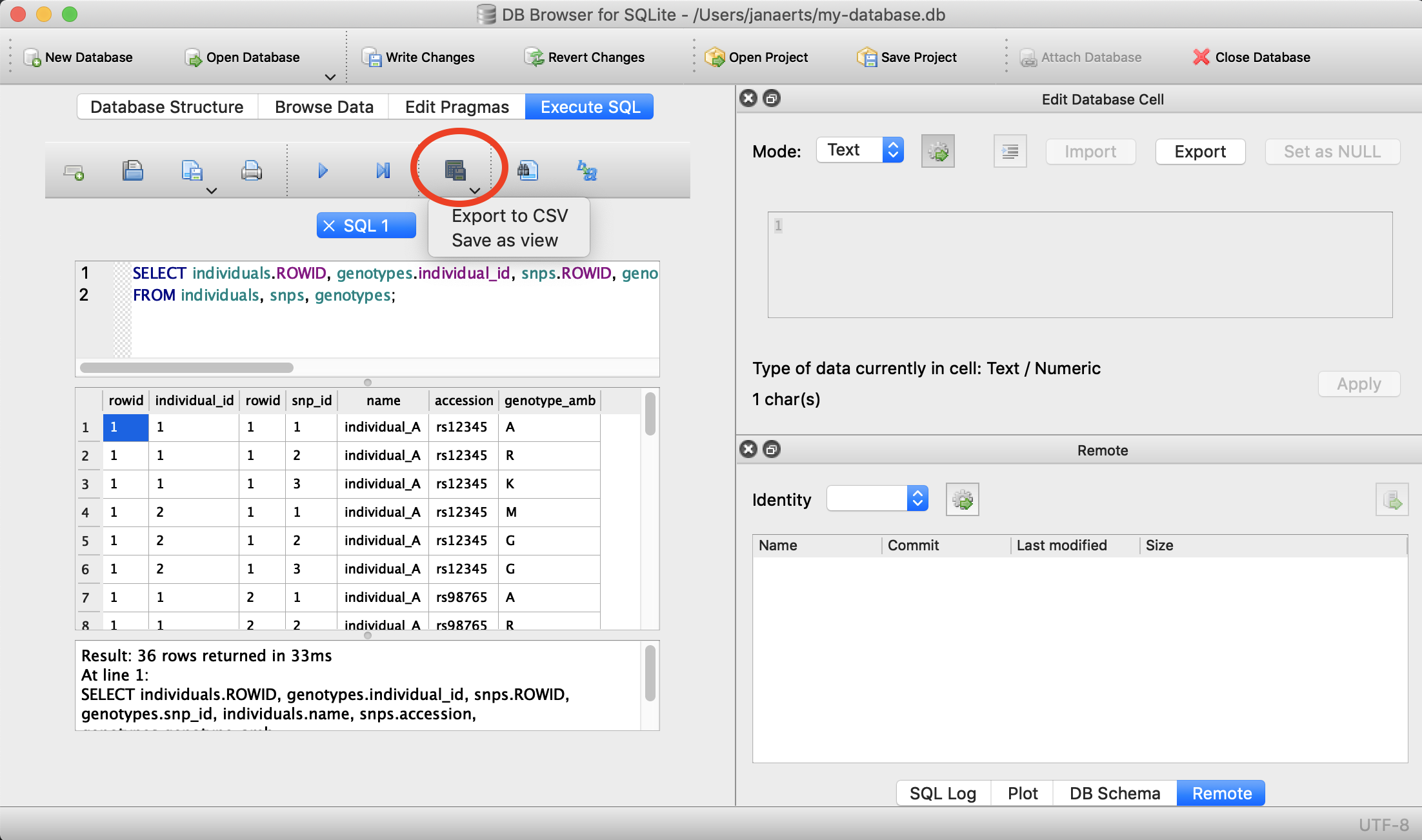
- Db browser for sqlite cannot delete rows update#
- Db browser for sqlite cannot delete rows full#
- Db browser for sqlite cannot delete rows windows#
This allows you to add and edit constraints for multiple columns but it is also useful for setting constraint names or just getting an overview of all constraints in the table. We have also added a new constraint editor. This should make editing the schema of large tables a lot faster.

With this release DB4S keeps track of all your modifications, only applying them in one single process when clicking the OK button. Before each of these modifications would be carried out immediately which, for large tables, makes editing them very slow and tiresome.

For example, when renaming a column you might want to edit its data type or default value too. Often you do not edit just one bit of your table schema.
Db browser for sqlite cannot delete rows full#
This gives you the full ALTER TABLE support we offer but additionally, all the benefits just mentioned. Starting with this release DB4S makes as much use of this new feature as possible.
Db browser for sqlite cannot delete rows update#
This does not only make renaming columns a lot faster, it makes it safer too because the new process is less prone to errors and also makes sure to update all references to the renamed column in your indices and triggers. SQLite 3.25.0 added support for renaming columns with the ALTER TABLE command (previously you had to create a new table with the renamed column, copy all data over, delete the old table, then rename the new table - even leaving out some details of the process here…).
DB.-3.12.0.dmg - Standard package for macOS. Db browser for sqlite cannot delete rows windows#
SQLiteDatabaseBrowserPortable_3.12.0_ - PortableApp for Windows. DB.-3.12.0-win64.msi - Standard installer for 64-bit Windows. DB.-3.12.0-win32.msi - Standard installer for 32-bit Windows. # Printing the remaining rows from the order table after deleting expired orders #- Sample program to delete rows from a SQLITE Table"Ĭonnection = nnect("./main.db")ĭeleteSQLStatememnt = "DELETE from Orders where Order_Status = \"Expired\"" The following example Python program deletes expired Orders from an Order Table. A string containing the DELETE statement can be passed as an argument to the execute() method of the cursor object which deletes one or more rows of a SQLite table.īefore the Python Program is executed the contents of the Orders table are given by. Invoking the cursor() method on the connection object returns a cursor object using which any SQL statement supported by SQLite can be executed. By calling the connect() method of sqlite3 module and by specifying the database file name as the argument a connection object to a SQLite database can be obtained. To delete the rows of an SQLite table from a Python Program the first thing required is to import the sqlite3 module. The sqlite3 module implements the Python Database Programming specification and provides the interfaces to connect to the SQLite database and perform SQL operations. The ORDER BY clause further complements the LIMIT and OFFSET clauses in effectively deciding the LIMIT and OFFSET, while deleting the rows.ĭeleting the rows of a SQLite table from a Python Program:. OFFSET clause will exclude the first n number of rows specified by it and the remaining rows will be deleted. LIMIT clause accepts an expression that evaluates to an integer value and “only” that many number of rows will be deleted from the table. WHERE clause accepts a Boolean expression and all the rows for which the Boolean expression evaluates to TRUE, are deleted from the table.  How various clauses of DELETE statement affects the number of rows deleted:. The number of rows deleted and the order in which the rows are deleted depend upon the following clauses.
How various clauses of DELETE statement affects the number of rows deleted:. The number of rows deleted and the order in which the rows are deleted depend upon the following clauses. 
The DELETE SQL statement deletes one are more rows of an SQLite table.








 0 kommentar(er)
0 kommentar(er)
